Allegro Non Troppo
8.2 /10 1 Votes
88% Rotten Tomatoes Genre Animation, Comedy, Fantasy Country Italy | 7.5/10 IMDb Duration Language Italian | |||||||||||||||||||||||||||||||||
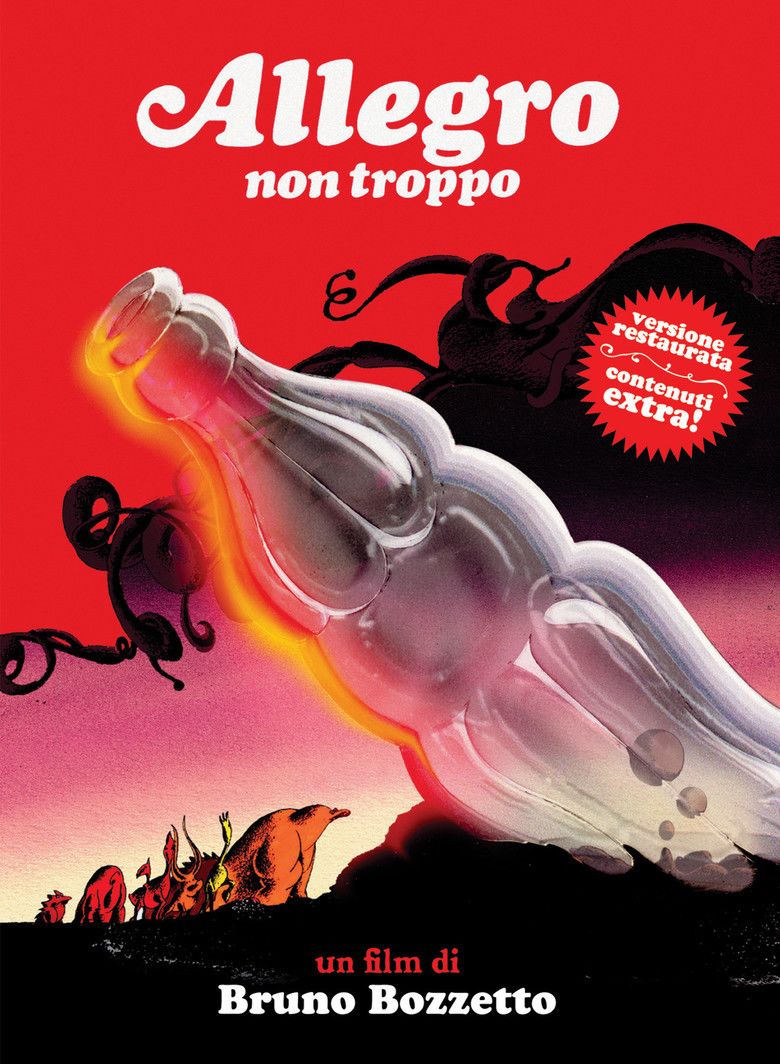 | ||||||||||||||||||||||||||||||||||
Release date 12 March 1976 (1976-03-12) (Italy) Cast (Animator), (Presenter), Néstor Garay (Orchestra Master), Marialuisa Giovannini (Cleaning Woman)Music director Screenplay Bruno Bozzetto, Maurizio Nichetti, Guido Manuli Similar movies Straight Outta Compton , The Aristocats , Alvin and the Chipmunks , Whitesnake: Made in Japan , Bon Jovi: Live on VH1 Unplugged , Heart: Alive in Seattle | ||||||||||||||||||||||||||||||||||
Allegro non troppo valse triste bruno bozzetto
Allegro Non Troppo is a 1976 Italian animated film directed by Bruno Bozzetto. Featuring six pieces of classical music, the film is a parody of Walt Disney's Fantasia, two of its episodes being derived from the earlier film. The classical pieces are set to color animation, ranging from comedy to deep tragedy.
Contents
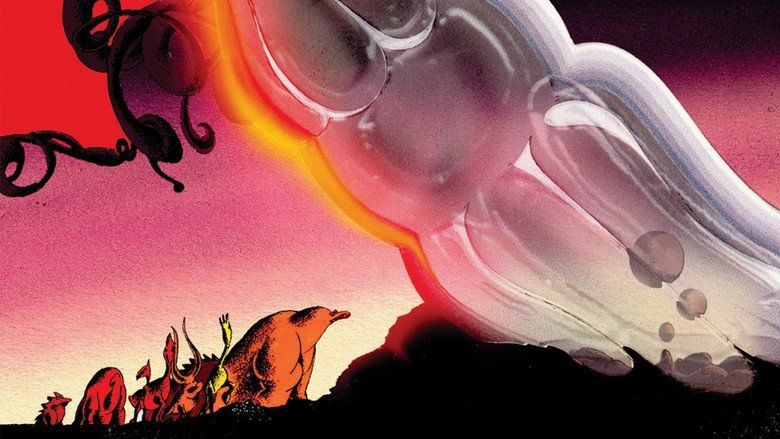
At the beginning, in between the animation, and at the end, there are black and white live-action sequences, displaying the fictional animator, orchestra, conductor and filmmaker, with many humorous scenes about the fictional production of the film. Some of these sections mix animation and live action.
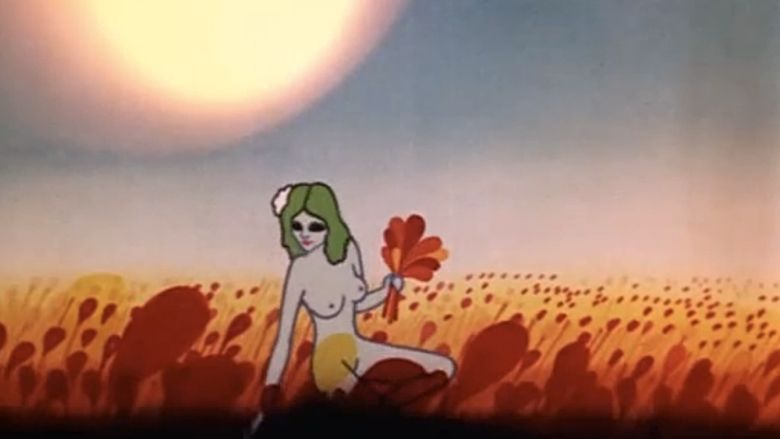
The film was released in two versions. The first includes live action sequences in between the classical pieces; the second version of the film omits these, replacing them with animated plasticine letters spelling out the title of the next piece of music.
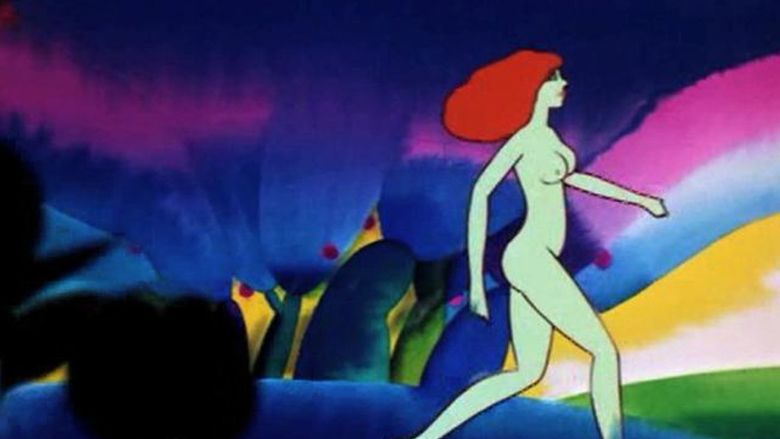
Title
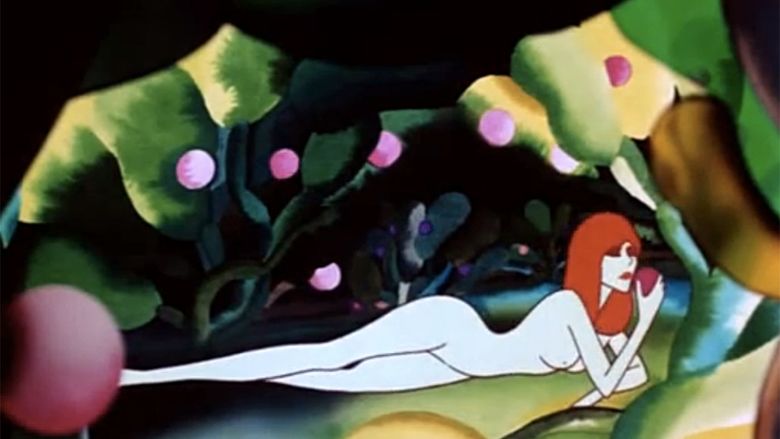
In music, an instruction of "allegro ma non troppo" means to play "fast, but not overly so". Without the "ma", it means Not So Fast!, an interjection meaning "slow down" or "think before you act".
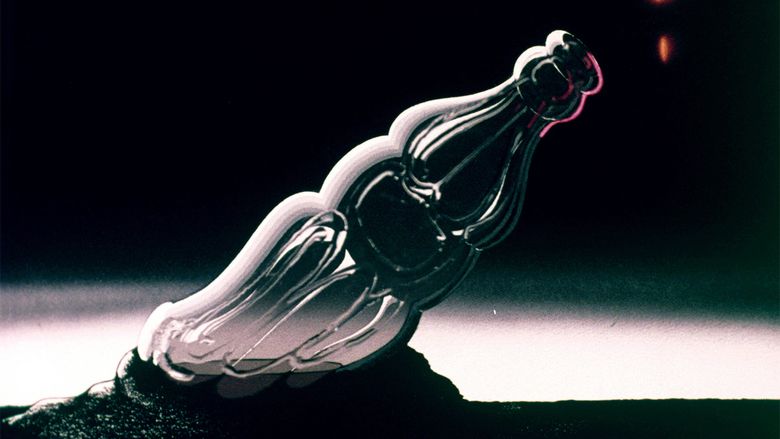
The common meaning of "allegro" in Italian is "joyful". The title reveals therefore a dual meaning of "allegro", and in addition to meaning "Not So Fast!" can also be read as "joyful, but not too much".
Program
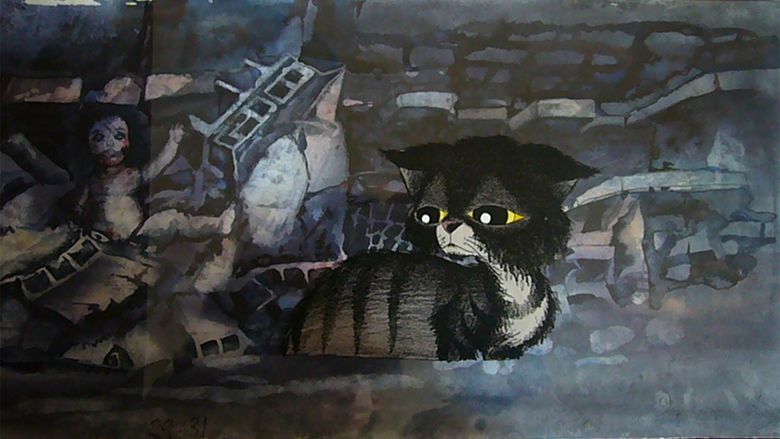
Live action sequences
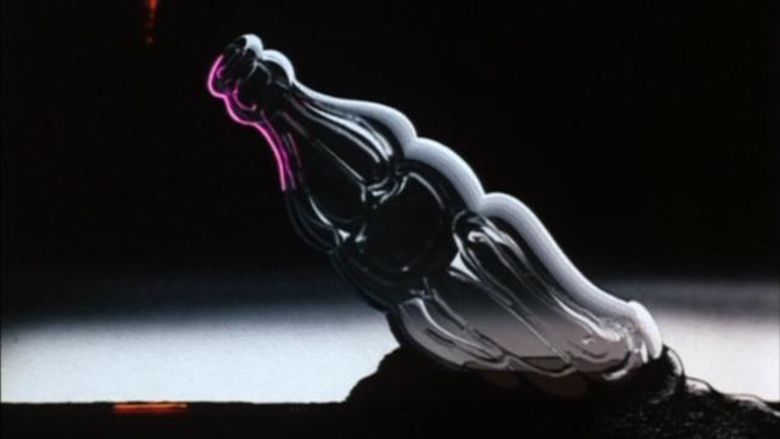
The uncut film also contains comic live action sequences, in black and white blended with occasional color animations, that parody the Deems Taylor introductions from Fantasia. "The Presenter" (Maurizio Micheli) starts off with an exaggerated version of Taylor's opening introduction in Fantasia ( "A new and original film" .. "you will see the music and hear the drawings" .. "a fantasia") only to be interrupted by a phone call from California informing him that the movie had already been done. He angrily objects, dismissing the caller as an ill-mannered liar, explaining to the audience that the caller claims that someone ("Prisney", "Grisney", "some American") had done this years before, then telling the caller to at least watch the movie and hangs up. Next the Presenter introduces "The Orchestra Master" (Néstor Garay) and an orchestra made up of little old ladies as the Orchestra Master roughly rounds them up into a large trailer for transport to the theater. As the trailer heads out to the theater the Presenter exults "Pisney has already done this?". Lastly before the first animated music segment (Prélude à l'après-midi d'un faune), the Presenter introduces "The Animator" (Maurizio Nichetti). as the Orchestra Master retrieves him from a dungeon-like cell in which the Animator ("a free artist") is chained to a wall (as the Presenter puts it: "a binding contract based on trust and mutual respect"). A pretty young cleaning woman (Marialuisa Giovannini) also appears in each segment, although she's barely acknowledged by any of the characters except the Animator (who seems to take an increasing fancy to her as the movie progresses). Each sequence portrays action (like the tossing of a Coca Cola bottle) that leads directly into the next animated portion of the film and occasionally includes references to a previous segment (such as a chamberpot appearing on the Orchestra Master's head or the female bee and the serpent from their respective segments appearing briefly in the subesequent live-action sequences). After the "Ravel's Bolero" chapter, a gorilla (inspired by the animated character in the Bolero) also appears a few times, first chasing then dancing with The Animator, then later beating up the Orchestra Master who has attacked the Animator. After the Firebird sequence, the Animator transforms the cleaning woman into a cartoon fairy tale princess and himself into a prince before both float away leaving the Presenter and Orchestra Master without a finale leading into the epilogue sequence.
Cast
References
Allegro Non Troppo WikipediaAllegro Non Troppo IMDbAllegro Non Troppo Rotten TomatoesAllegro Non Troppo themoviedb.org
